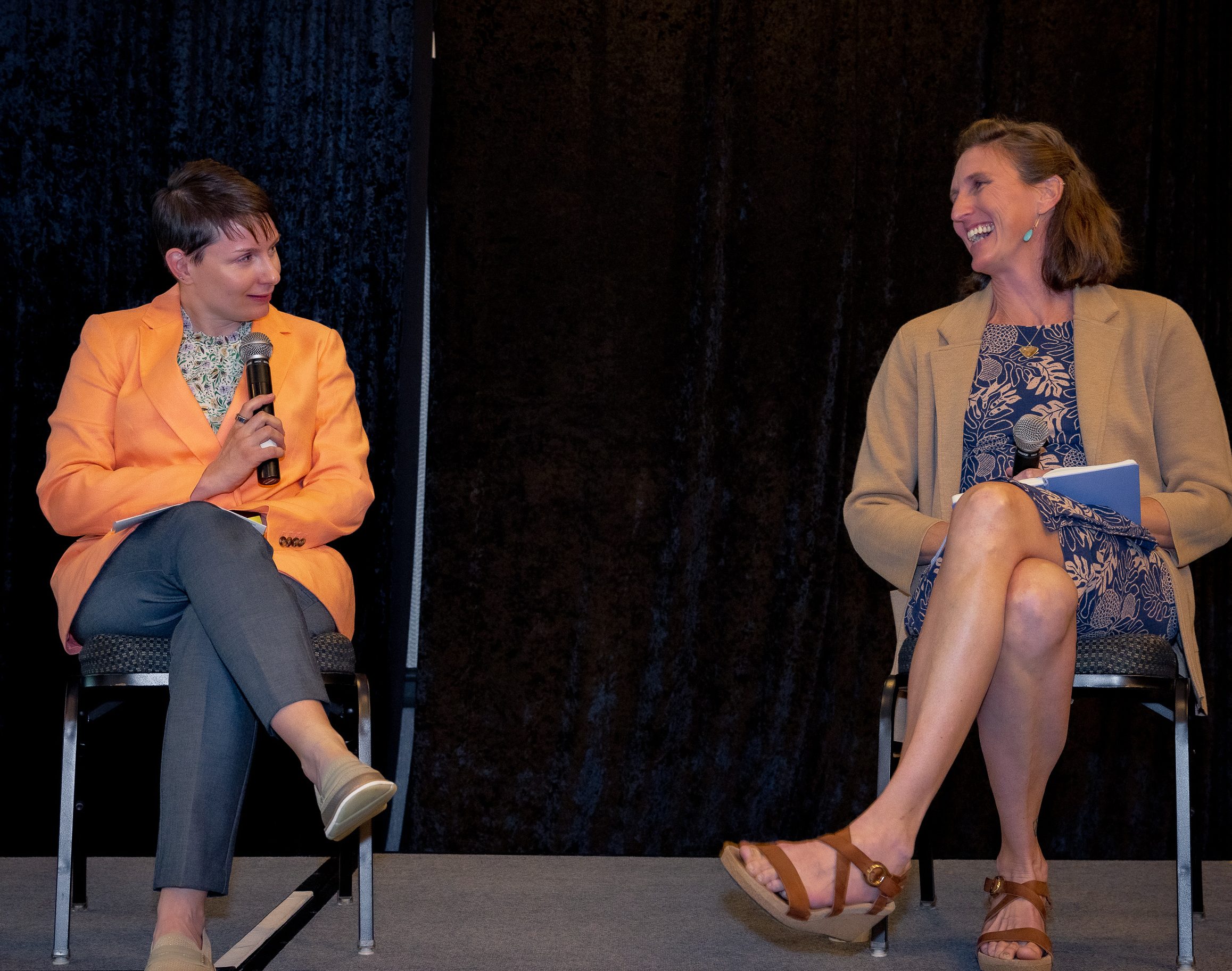This was originally posted at the Natural Resources Defense Council’s Switchboard. Listen to Part I, here and Part II, here.
Money talks. It sways decisions and alters behavior, from the choices we make at the grocery store to how often we turn off the lights when leaving a room. Such decisions can have long-lasting effects, which is why the way we spend our money is so important.
The same is true for transportation projects at the city, regional and state level. The way we allocate funding for these projects sets priorities and sends signals to the traveling public about how they should move around their communities.
Part III of our serial, Remaking the California Transportation System for People and the Environment, takes a look at the impact of the way we fund transportation projects. In parts I and II we looked at state law-making, and we defined sustainability and transportation funding. Now we are going to look at where the funding comes from, how it's spent, and how our funding strategies are changing.
For example, you'll hear Kate White from the California State Transportation Agency describe how the state's investments in maintenance provide the opportunity to redesign our roads. As we reinvest in our roads, we can either merely repave them and return our system to the unsustainable status quo, or we can take advantage of this opportunity to retrofit our infrastructure to better serve all travelers.
So, where does transportation money come from? Of the $27 billion invested in our transportation system this year, 49% comes from local and regional government, 27% is state-provided, and 24% is federal money.
And where does it go? This year, 83% went to highways and roads (2% of which is specified for walking and biking), and 17% went to transit and rail. The good news is that much of the money allocated to roads and highways can be spent on rehab and redesign, allowing projects to improve what already exists rather than building more.
That said, in a state that boasts the most ambitious climate goals in North America, with a serious focus on greenhouse gas reductions, these numbers are not very impressive. If you have a goal, and you put just 17% of your budget toward solutions to achieve it, you'll probably find it difficult to reach that goal.
As I stated in my last blog, in order to get serious about sustainability, we need to set goals, shift funding, and align policies. While state money doesn't fund 100% of any project, it does represent a significant portion, and therefore provides an opportunity for leverage. If a project is not in line with the state's goals, the state shouldn't fund it. And while it may be too late for projects already under way, it is important that in the future the state look at projects through the lens of smart land use investment, a reduction of vehicle miles traveled (VMT) and thereby a reduction of emissions.
So, how can we make that happen?
For starters, the state now has a new pot of money to put behind its objectives. Through the Cap and Trade program, implemented under AB32, California's global warming solutions act, the state can wield a bit more power when it comes to funding transportation projects. Already, 60% of the first year of Cap and Trade money is allocated to livable communities and transportation. This includes high speed rail, low carbon transportation and affordable housing/sustainable communities. Not only that, but in a world where funding has traditionally been highly specified, Cap and Trade offers a chance for performance-based, goal-driven funding.
How else can the state work to align its funding with its goals? Are there models we could use that incentivize a reduction of driving while building the transportation system our population growth will require?
To find out, check out the final installment of our serial, or join us at the state Capitol next week for a one-hour legislative briefing on the opportunities of shared-use mobility to help California meet its climate goals. We have an incredible line-up of speakers, including some of the best on the topic from UC Berkeley and UC Davis, industry, the environmental justice community, and Gov. Brown's administration.
What: A Briefing on Shared-Use Mobility
Where: Capitol Building, Room 2040
When: 10- 11 AM, Friday May 15th
Who: Dr. Dan Sperling, California Air Resources Board Member; Dr. Steven Cliff (featured in this serial), Sustainability Director for Caltrans; Dr. Susan Shaheen, Director, UC Berkeley Transportation Sustainability Research Center; Emily Castor, Lyft; Joel Espino Greenlining Institute; Amanda Eaken, NRDC; Gloria Ohland, Move LA
Please RSVP to MRasey@nrdc.org




